Update May 3: This post appears in the Scientia Pro Publica blog carnival hosted this week by marine biologist Kelsey Abbot at the Mauka to Makai blog. Check out some of the fascinating science writing available at the carnival, such as GrrlScientist’s post, “(How) Are Birds Affected by Volcanic Ash?”
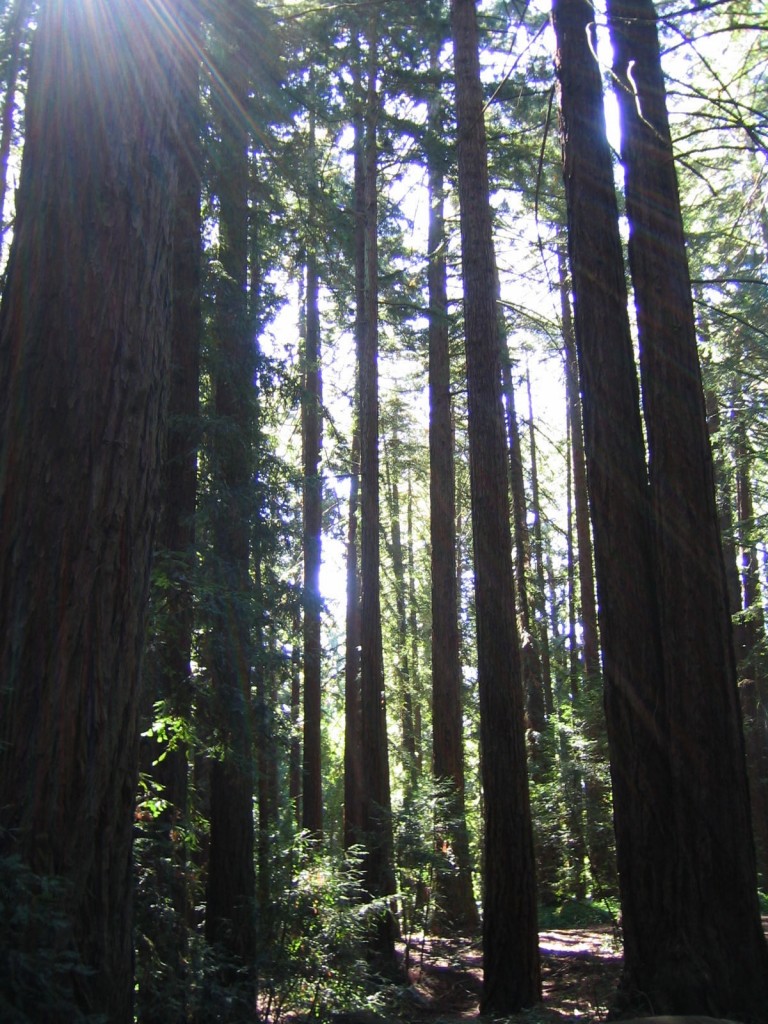
People sometimes ask me where I fall in the science-religion debates. I teach the one (religion), I study and often write about the other (science). But I think both science and religion often skip too quickly over what ought to be the main attraction: the natural world. The world of fox kits and forests, eating and being eaten, thunder and sunsets. The world immediately available to our senses. This is the world often bypassed in the rush to explore some dimension regarded as more important, more true, or more “real.”
I mean, think about science education. We start kids out in elementary school with lessons that teach them to observe through their own eyes, ears, nose, and fingers. Yet by the time they’re in high school we sit them behind microscopes, where they imbibe the unconscious message that the real story is not how eagles lock talons in flight or how worms turn garbage into fertilizer, but rather how their lab equipment reveals a truer world than the one they can see with their unaided eyes. In biology, for instance, we teach them to separate out the constituent parts of the ecosphere and analyze each piece—a (dead) frog, water, a rock—instead of teaching them to learn by being immersed in the (living) complexity of the whole. A system that focuses on the parts and more rarely on the whole, as does Western science, is a system that yields easily to quantifying its observations, and so numbers—abstractions, mental constructs—take precedence over the senses as the most trusted means of exploring the natural world.
Or take religion. Banished since Descartes to the realm of spirit or mind, religion often focuses its attention everywhere but the living, natural world—on a world after death or a world inside the mind or a social world to be created in the future. 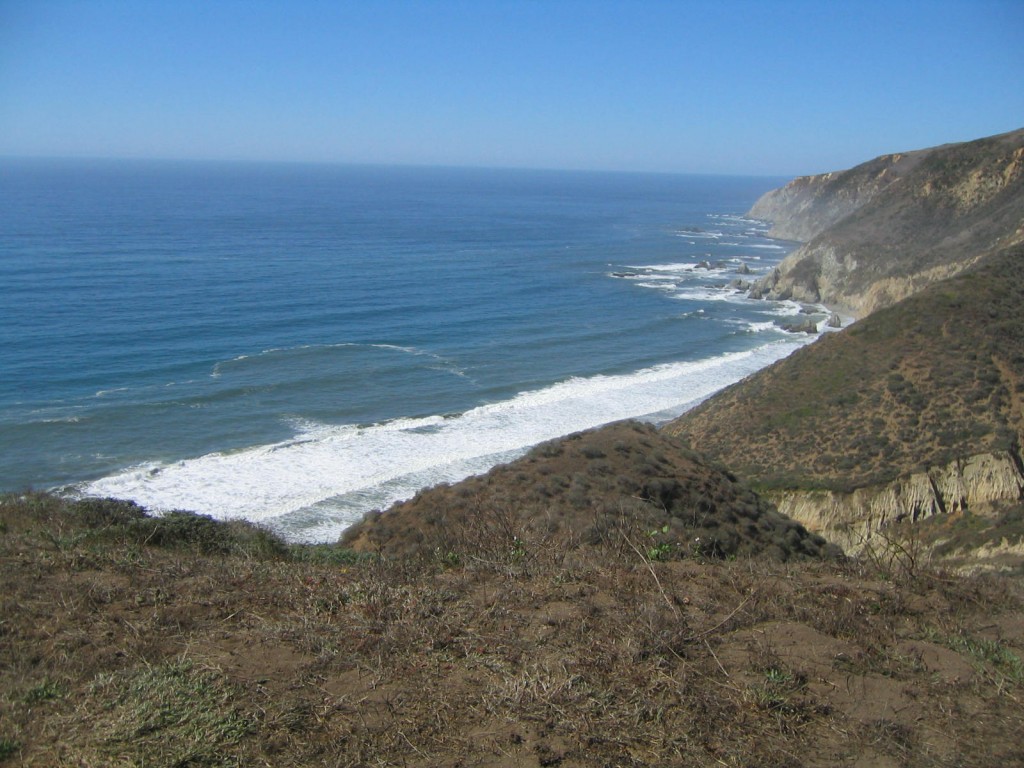 I know this intimately, having spent much of my life first in churches, both conservative and liberal, then in religious studies. Western religion in general, and Christianity in particular, has been slow to perceive what faith has to do with agriculture or forests or the rising acidity of oceans.
I know this intimately, having spent much of my life first in churches, both conservative and liberal, then in religious studies. Western religion in general, and Christianity in particular, has been slow to perceive what faith has to do with agriculture or forests or the rising acidity of oceans.
Neither science nor religion, as its primary method, takes people out directly into nature to explore, through their own senses, the relationships right under their noses.
For indeed, the natural world is a world of relationships—between whales and climate change, between cows and humans, between pasqueflowers and snow, between mycelial mat and soil, between jet exhausts and jet streams, and of course between humans and one another. A world that functions through webs of interconnected relationships, if we hope to understand even one corner of it, demands the sharp, clear-eyed vision and an intellectual acuity that we normally associate with science.
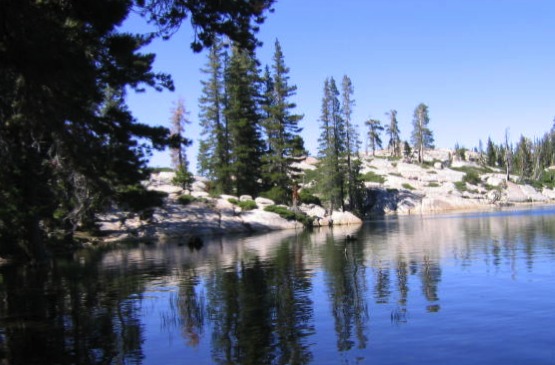 So I’m making a plea for natural history. It’s a field that has suffered a decline of respect in recent decades, perhaps because it involves observing more than experimenting. It lacks the prestige—in funding, in university status—of sciences that overtly try to predict nature’s patterns or control its processes. Naturalists tend to be public educators, observing plants or forests and communicating their learning to “laypeople” through educational hikes or birdwatching tours.
So I’m making a plea for natural history. It’s a field that has suffered a decline of respect in recent decades, perhaps because it involves observing more than experimenting. It lacks the prestige—in funding, in university status—of sciences that overtly try to predict nature’s patterns or control its processes. Naturalists tend to be public educators, observing plants or forests and communicating their learning to “laypeople” through educational hikes or birdwatching tours. 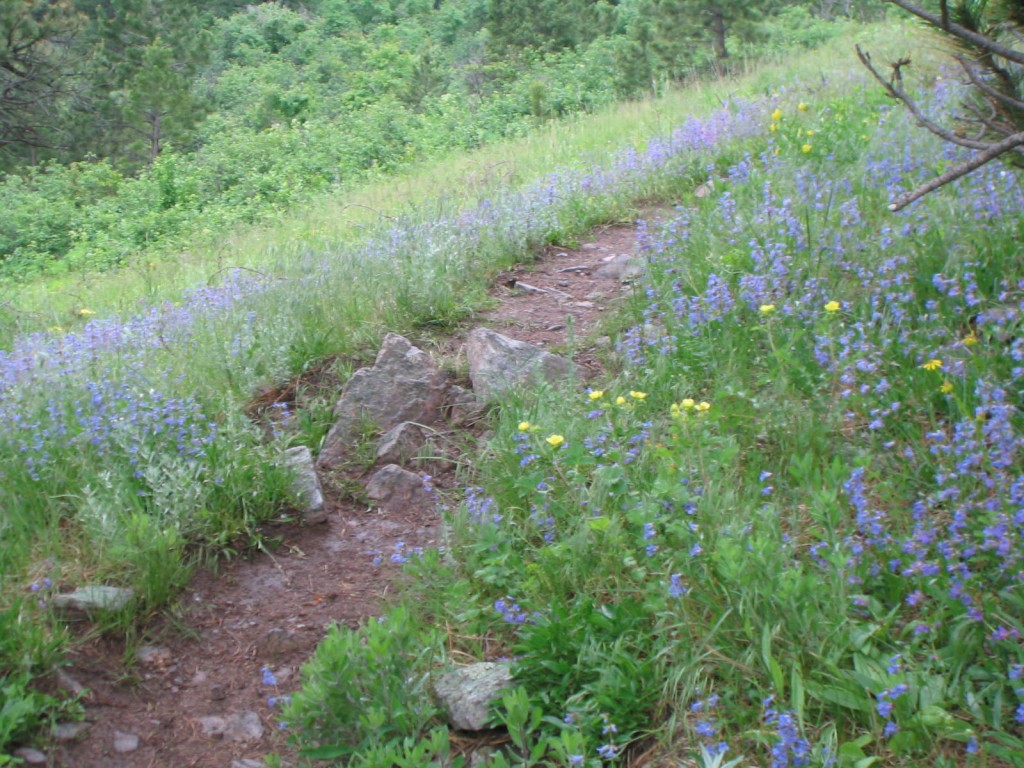 Famous naturalists, like John Muir or Aldo Leopold, were accomplished writers and thinkers as well as observers of the natural world. Perhaps it is this willingness to engage philosophy that sometimes, these days, leaves natural history at the edge of the sciences, not quite “hard” enough to satisfy those who might think science means only quantitative analysis. (Such folks would do well to remember Darwin.)
Famous naturalists, like John Muir or Aldo Leopold, were accomplished writers and thinkers as well as observers of the natural world. Perhaps it is this willingness to engage philosophy that sometimes, these days, leaves natural history at the edge of the sciences, not quite “hard” enough to satisfy those who might think science means only quantitative analysis. (Such folks would do well to remember Darwin.)
In a time of ecological crisis, we need numbers and quantitative models, yes, to convince those who hold the purse strings that climate change is real or that more species are disappearing now than in millions of years. But we also need people for whom observing the natural world is tinged with love. We need, in other words, more naturalists. It’s a job not limited to scientists. In fact, it’s a job where science and religion regularly meet. It works like this.
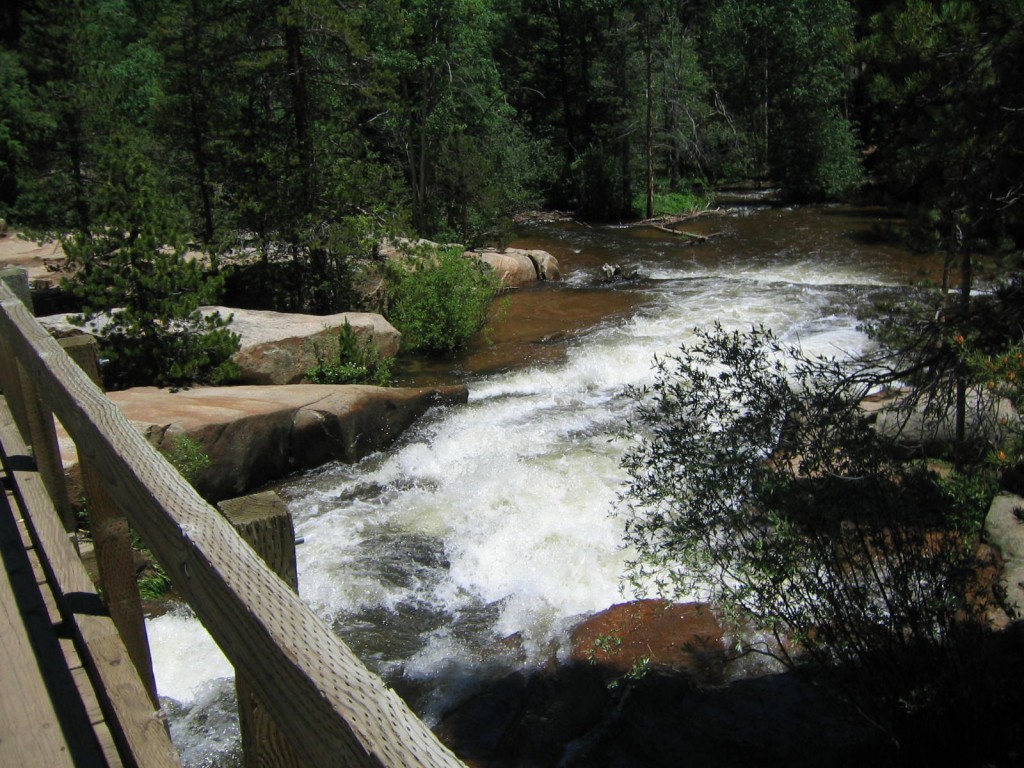 Squat beside a creek. Dig one finger into the rough silt along its edge. Pick up a glob of sand and sift it through your fingers. At your feet you may notice pebbles, your eyes moving now to larger stones, and then to the flicker of a trout tail next to that large boulder. The trout, you notice, likes to live in the shadows, which may lead you to realize that the willows hanging over the creekbed must be important to the fish, and so are the deep bends in the stream, and even if you haven’t yet heard a naturalist say that fish need shade and meanders in order to spawn, you’ve already absorbed several lessons in natural history just by squatting here.
Squat beside a creek. Dig one finger into the rough silt along its edge. Pick up a glob of sand and sift it through your fingers. At your feet you may notice pebbles, your eyes moving now to larger stones, and then to the flicker of a trout tail next to that large boulder. The trout, you notice, likes to live in the shadows, which may lead you to realize that the willows hanging over the creekbed must be important to the fish, and so are the deep bends in the stream, and even if you haven’t yet heard a naturalist say that fish need shade and meanders in order to spawn, you’ve already absorbed several lessons in natural history just by squatting here.
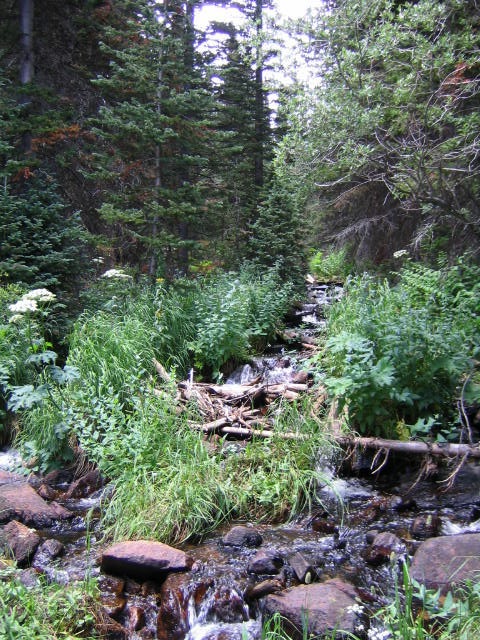 As your eyes wander up the flow of the stream, you might notice your mind begin to flow as well toward questions such as how the rocks came to be here, and how long it takes brush or ferns to grow across the currents. And in your reverie your thoughts turn to the centuries that have passed with this water flowing here, past this boulder, and the eons that you hope are yet to come. Before you know it, reflecting on the sand under your fingertips and the trout before your eyes has turned you toward questions of meaning and how you might live in a harmony with these surroundings—questions usually assigned to ethics or religion.
As your eyes wander up the flow of the stream, you might notice your mind begin to flow as well toward questions such as how the rocks came to be here, and how long it takes brush or ferns to grow across the currents. And in your reverie your thoughts turn to the centuries that have passed with this water flowing here, past this boulder, and the eons that you hope are yet to come. Before you know it, reflecting on the sand under your fingertips and the trout before your eyes has turned you toward questions of meaning and how you might live in a harmony with these surroundings—questions usually assigned to ethics or religion.
This is the power of the natural world—to lead one moment toward science and the next to spirituality. To nudge us in a seamless transition from observing with our senses to contemplating meaning. And this is why, when it comes to spiritual practices, my favorite is the simple act of watching and wondering—an experience that I as a scholar of religion share with birders and biologists, children and astrophysicists, hikers and climbers and geologists.
The world is here for us to wonder at, to learn from, and to love. Nature discriminates not at all between science and religion. Perhaps we would do well to follow its cue.
The post Where science and religion meet: The natural world appeared first on This Lively Earth Blog by Priscilla Stuckey.